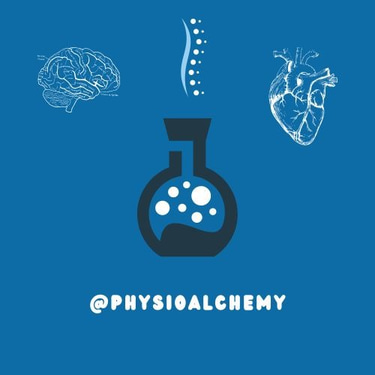Orthopedic Assessment: A Practical Guide for Physiotherapists
STUDY MATERIAL


Orthopedic conditions often present as pain, weakness, stiffness, instability, or altered movement patterns. But symptoms are only the surface. A proper physiotherapy assessment digs deeper, aiming to:
Identify the specific tissue or structure involved
Understand the stage and severity of injury
Differentiate between local and referred pain
Determine the functional limitations
Guide short- and long-term treatment goals
Without a detailed assessment, treatment becomes guesswork. And in physiotherapy, guessing is dangerous. It wastes time, erodes trust, and can worsen outcomes.
A good assessment is methodical. It follows a pattern that helps the physiotherapist think critically and avoid bias. Here’s the essential framework:
1. Subjective Examination (History-Taking)
This is more than just asking, “Where does it hurt?” The goal is to gather key insights about:
Onset: Was the injury sudden or gradual?
Mechanism: What activity caused or aggravated it?
Pain Characteristics: Type, intensity, pattern, 24-hour behavior
Functional Impact: What movements or tasks are limited?
Past History: Any similar issues in the past? Surgeries?
Red Flags: Night pain, unexplained weight loss, neurological symptoms, etc.
Effective history-taking sets the tone. It builds rapport, hones your clinical hypothesis, and saves time later.
2. Observation
Don’t underestimate what your eyes can tell you. Even before touching the patient, observe:
Posture and alignment
Swelling, bruising, or deformity
Muscle wasting or asymmetry
Movement patterns and compensations
This can give you early clues about chronicity, compensation, or protective guarding.
3. Palpation
Now comes hands-on assessment. Palpation helps confirm what you suspect:
Temperature (inflammation)
Tenderness (localization of pain)
Muscle tone or guarding
Bony landmarks and alignment
Swelling or joint effusion
Use palpation to localize your diagnosis and narrow your focus.
4. Active and Passive Range of Motion (AROM & PROM)
Have the patient move the joint actively. Look for:
Quality of motion
Range available
Pain or restriction points
Compensations
Then perform passive movement to see if range improves when muscles aren’t involved. Compare both sides.
If AROM is limited but PROM is full, you may be dealing with a contractile (muscle/tendon) issue. If both are limited, the joint itself may be the problem.
5. Resisted Isometric Testing
This is your key to diagnosing contractile lesions (muscle or tendon). The technique is simple: resist the patient’s movement without allowing actual joint motion. You're testing:
Strength
Pain response
Symmetry with the unaffected side
For example, pain with resisted wrist extension could indicate extensor tendinopathy (like lateral epicondylitis).
6. Special Tests
Special tests are designed to confirm or rule out specific conditions. Examples include:
Lachman Test for ACL tear
Neer’s Impingement Test for shoulder pathology
FABER Test for hip or SI joint dysfunction
Thompson Test for Achilles tendon rupture
The key? Use them to support, not replace your clinical reasoning.
7. Neurological Screening (If Needed)
For conditions involving spine or nerve-related symptoms, include:
Reflex testing
Dermatomal sensory testing
Myotome strength testing
Neural tension tests (e.g., SLR, Slump test)
This helps rule out radiculopathy, peripheral neuropathy, or spinal cord involvement.
8. Functional Assessment
Finally, observe the patient during functional tasks relevant to their goals walking, squatting, lifting, reaching. This bridges the gap between isolated joint assessment and real-world performance.
Orthopedic assessment is both science and art. Learn the structure, then sharpen your clinical eye. Ask the right questions. Pay attention to detail. Let the body tell its story and listen like a professional who knows exactly what to do with it.
